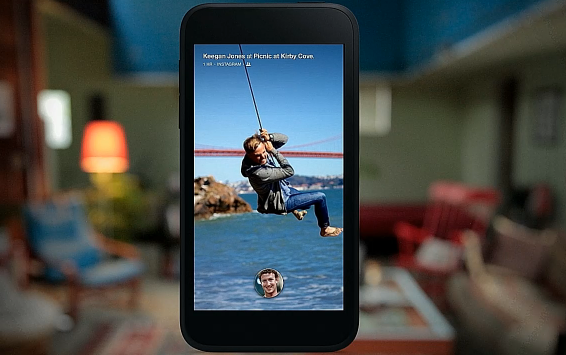
Months after rolling out ‘Fleets’ an Instagram Stories-like feature, Twitter is shutting it down. The micro-blogging site will no longer have tweets with a 24-hour lifetime. However, this does not scratch the surface of the biggest failed products.
“In the time since we introduced Fleets to everyone, we haven’t seen an increase in the number of new people joining the conversation with Fleets as we hoped,” stated Ilya Brown, the Vice President of Fleets at Twitter. Here are five of the biggest failed products from the biggest companies in the tech world. After all, technology is always a hit or miss.
Samsung Galaxy Note 7: the loudest bang aboung the failed products

The loud failure of Samsung’s Galaxy Note 7 is probably fresh in your mind. The flagship phone had a huge explosion problem and even occasionally caught fire. There is also an account of a car being burnt due to the phone. Soon the phones were banned on flights. However, Samsung bravely recalled the entire line and replaced phones free of charge.
The Apple Newton

Long before Apple was the hot-shot tech firm, it released Newton, a Personal Display Assistant (PDA). The device was priced from $700 onwards and measured 8 inches by 4.5 inches. Its handwriting recognition was very rudimentary and has a dedicated Simpsons episode calling it out. Check out “Lisa on Ice” Season 6 Episode 8 of the Simpson to crack a laugh.
However, the company took a turn and focused on smartphones and eventually tablets with much better handwriting recognition software. Yes, the iPad is a much evolved version of the PDA.
Microsoft Zune: One of the biggest failed products from Microsoft
The Microsoft Zune was made to take on the Apple iPod. However, it was a big failure. “We just weren’t brave enough, honestly, and we ended up chasing Apple with a product that wasn’t a bad product, but it was still a chasing product, and there wasn’t a reason for somebody to say, oh, I have to go out and get that thing,” explained Robbie Bach, the former leader of the tech giant’s home entertainment and mobile business.
Facebook Home

Remember when Facebook Home tried to replace the home screen on smartphones? It was a huge mess. The subscription plan of the product dropped from $99 to $0.99 in a matter of two months since its release. The product while useful for Facebook addicts was trouble for the rest. Moreover, the service used a lot of battery and data.
Amazon Fire Phone

Amazon‘s Fire phone had a short life of one year. The product ran on Android and looked amazing. However, the phone was a commercial failure. The Fire phone’s selling point was a 3D face scanning technology However, this was perceived as a gimmick. Additionally, its limited availability through AT&T did not help it take off. The production and sales were stopped right after the first model.






